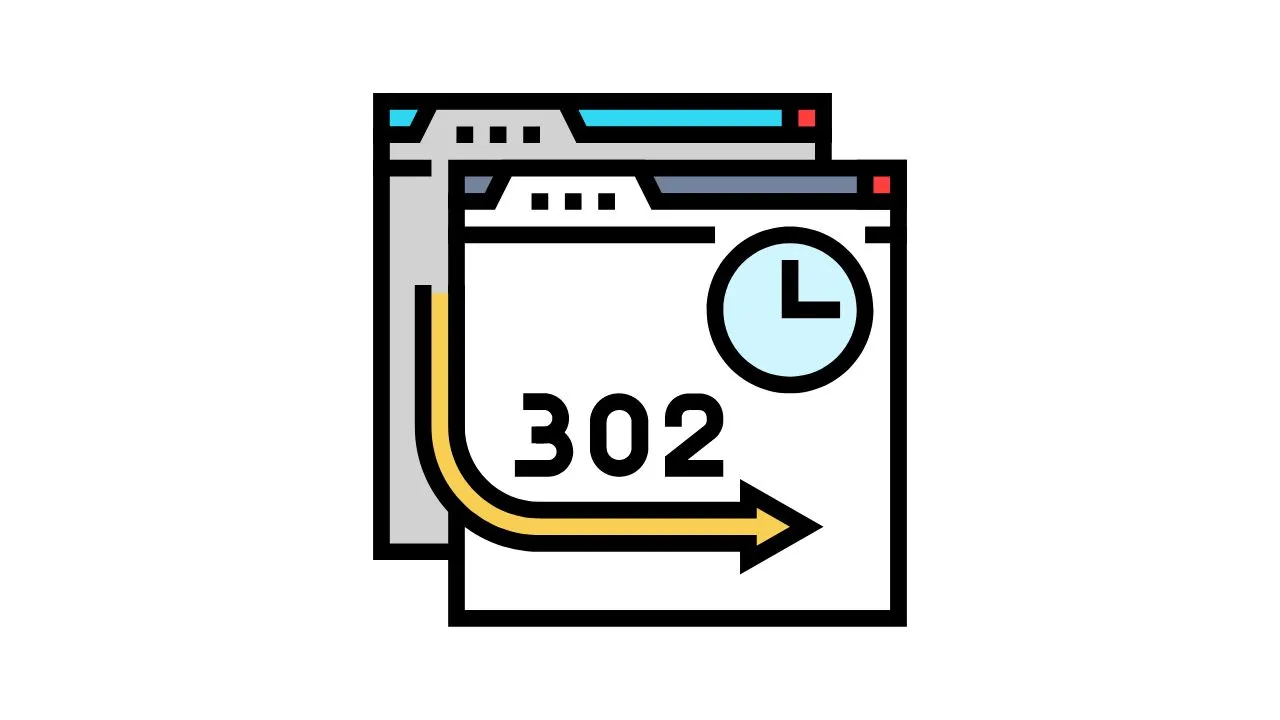
Table of Contents
Understanding the various types of redirects is crucial for maintaining a healthy and user-friendly website. While the 301 redirect is widely known, the 302 redirect is equally important, especially for temporary changes.
In this article, we will explore what a 302 redirect is, how it differs from a 301 redirect, and the specific scenarios where it should be used.
What is a 302 Redirect?
1. Definition:
- A 302 redirect is a temporary redirect from one URL to another. It tells search engines and browsers that the requested page has been moved temporarily to a new location, and the original URL will be restored in the future.
2. How It Works:
- When a user or search engine bot requests a URL with a 302 redirect, they are temporarily redirected to a different URL. The server responds with a status code of 302, indicating that the page has moved temporarily.
3. Impact on SEO:
- Unlike a 301 redirect, a 302 redirect does not pass the original page’s link equity (ranking power) to the new URL. Search engines understand that the move is temporary, so they keep the original URL indexed.
When Should You Use a 302 Redirect?
1. A/B Testing:
- If you are testing different versions of a page to see which performs better, a 302 redirect allows you to temporarily redirect users to the test pages without affecting the original page’s SEO.
2. Temporary Content Moves:
- When you need to temporarily move content to a different URL for maintenance or updates, a 302 redirect ensures users are directed to the temporary location without losing the original page’s SEO value.
3. Seasonal or Promotional Pages:
- If you create temporary pages for seasonal promotions or special events, a 302 redirect can be used to temporarily redirect traffic to these pages.
4. Website Redesign:
- During a website redesign, you may temporarily redirect certain pages while you work on them. A 302 redirect helps maintain user access without permanently altering the original URLs.
5. Handling Out-of-Stock Products:
- For e-commerce sites, if a product is temporarily out of stock, you can use a 302 redirect to guide users to a similar product or a temporary holding page.
How to Implement a 302 Redirect
1. Using .htaccess File (Apache Server):
For websites hosted on Apache servers, you can add 302 redirects by editing the .htaccess file. Example:
Redirect 302 /old-page.html http://www.example.com/new-page.html 2. Using Server Configurations (Nginx):
For websites hosted on Nginx servers, you can add 302 redirects in the server configuration file. Example:
rewrite ^/old-page.html$ http://www.example.com/new-page.html redirect; 3. Using CMS Plugins:
Many content management systems (CMS) like WordPress offer plugins to easily manage 302 redirects without needing to edit server files manually. Plugins like Redirection and Yoast SEO are popular choices.
4. Using JavaScript:
For client-side redirects, you can use JavaScript to implement a 302 redirect. Example:
window.location.replace("http://www.example.com/new-page.html");Best Practices for 302 Redirects
1. Use for Temporary Changes Only:
- Ensure that you use 302 redirects only for temporary changes. If the move becomes permanent, switch to a 301 redirect to pass SEO value.
2. Monitor Your Redirects:
- Regularly check your 302 redirects to ensure they are working correctly and still necessary. Use tools like Google Analytics and Google Search Console to monitor traffic and detect any issues.
3. Avoid Redirect Chains:
- Redirect chains (redirecting from URL A to URL B, then from URL B to URL C) can dilute user experience and slow down page load times. Aim for a direct path from the old URL to the temporary URL.
4. Communicate with Search Engines:
- Use tools like Google Search Console to notify search engines about your temporary redirects and ensure they understand your site’s structure.
Conclusion
302 redirects are a valuable tool for managing temporary changes to your website’s URLs without compromising SEO. By understanding when and how to use them, you can ensure that your website remains user-friendly and maintains its search engine rankings.
Whether you’re running A/B tests, handling out-of-stock products, or temporarily moving content, 302 redirects are your go-to solution for short-term URL changes.
Temporarily Redirect Your Users with Precision!
Need help implementing 302 redirects for your website? At Softhat IT Solutions, we specialize in optimizing your site for the best user experience and SEO performance. Contact us today to learn how we can assist you with effective redirect strategies.
